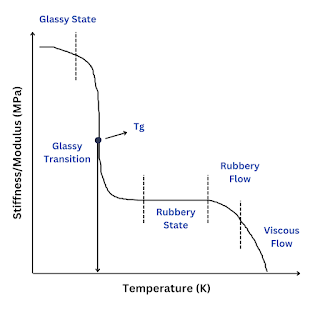History and Development of Firearms

The history of firearms started in the 9th century when the Chinese accidentally developed gunpowder. After this, the gunpowder spread to the whole world from the middle east to Europe and Africa. So, here is the development of firearms since the 13th century. 1. Hand Canon (1271-1368) It was first used by the Chinese Yuan dynasty in 1300. These hand canons were made of bamboo and the projectile along with gunpowder was loaded through the muzzle end. Also, a small hole is placed at the breech end which is ignited that causes an explosion realizing the projectile from the canon. Hand cannons required much strength to hold for better stability. 2. Match lock (The early 1400s) In the matchlock firing mechanism, a wick was placed near the propellent/primer through the breech end of the weapon, and when that wick is ignited it causes a spark in the propellent which burns rapidly and pushes the projectile into a forward direction. The main disadvantage of this system is that it can'...


